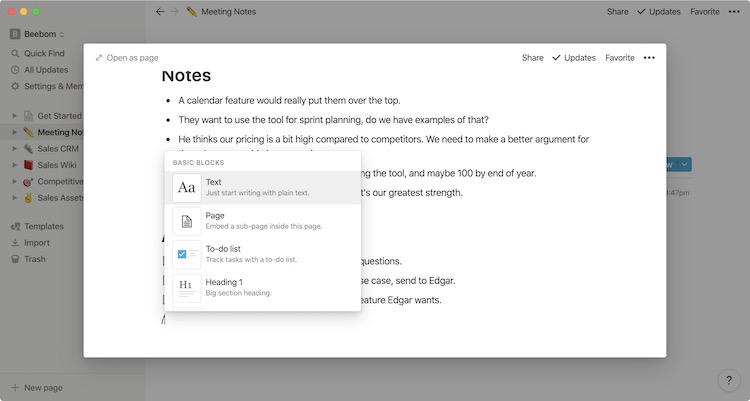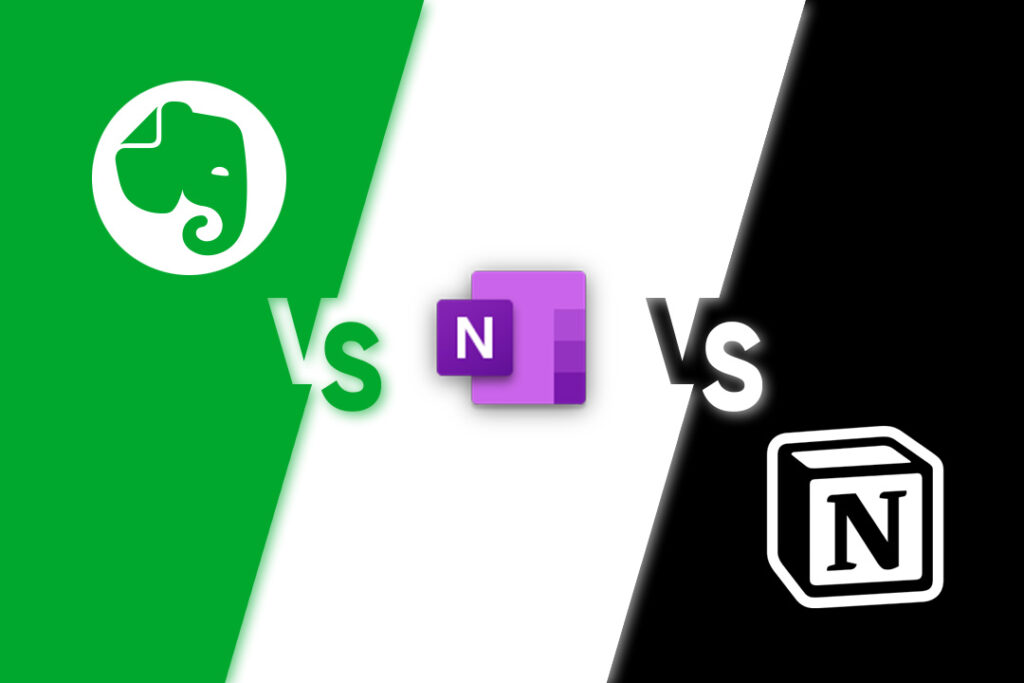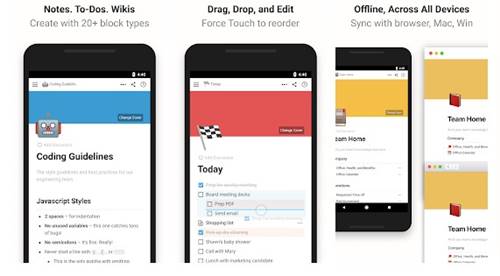
Some of my daily tasks depend upon this function (collecting promising BookFunnel author promotions, for example).

I clip a lot of sources and articles from the web. This is just one of the drawbacks Notion brings with it because it is not part of the Microsoft suite as OneNote is. It’s only a tiny second to shift my hand to the mouse, but over a day, a month, a year, those seconds add up. Notion requires me to take my hand off the keyboard and use the mouse to drag and drop paragraphs (“blocks”) on the screen. I use this so much, without thinking about it, that the first time I tried to use it in Notion and it didn’t work, I was actually shocked. One of them is the ability to shift an entire paragraph, or images, or chunks of selected text (pages worth, if you want) up and down the page using ALT + SHFT + the Up or Down arrows.

I didn’t know that until trying to use Notion. There are keyboard shortcuts that are native to all Microsoft Office products that I cannot live without. Notion won’t let me manipulate text with my keyboard. Suddenly, those rare moments took on significance. We have occasional power outages in my city, too. I could still capture the story idea that struck me using OneNote on my cellphone, but Notion was a dead, blank screen. I didn’t think it was an issue until I was in a location where cellphone reception wasn’t fantastic. I was aware of this limitation before I began my trial. Only, I’m unwilling to give up screen real estate, which is already crowded in some applications. There was the option to use accessibility tools and further scale up the visuals for the entire computer. I am “of a certain age” and squinting at pre-determined and tiny lettering would be a problem in the long term. Plus, there is no way to scale up the font to a size that suits my vision. Notion, though, would require me to manually change every page to a serif font–and not a font of my choosing. I always switch san serif fonts to serif fonts, as serif fonts are easier to read. If Notion proved to be a better tool than OneNote, I could run the two in tangent for however many months it took to transition over, transferring a little each day. The prospect of cutting and pasting, then fixing and formatting, ten years’ worth of stored data made me feel a little ill. Layouts in OneNote were scrambled in Notion. There is a mass import function, but it doesn’t treat OneNote’s inbuilt spreadsheets nicely, nor does it deal with pages with PDFs embedded, or tables.
NOTION APP ONENOTE ARCHIVE
Notion was not going to make it easy to bring that archive over. Still, I was prepared to take on the annual subscription for teamwork, if Notion proved to be the tool I needed. But once you move into sharing notebooks, the price spirals. Notion has a “nominal” monthly charge for personal users who want extended features. I get OneNote as part of my Microsoft 365 subscription, but you don’t have to be subscriber to use OneNote. I can share one or all of my OneNote notebooks with anyone with a Microsoft account and it doesn’t cost me anything. Here’s 8 reasons I’ve switched back to OneNote with a sigh of relief. I learned that it categorically does not do what I need it to do.

I gave Notion a decent trial, as it was intuitive enough to get started quickly. After fighting with it for three hours, trying to clip an article from the web, I gave up. I did a deep dive into notebook apps and came up with two possibilities that were not super expensive: Obsidian and Notion.Īfter trying out Obsidian for a few days, I returned to OneNote-the learning curve was too high for me to easily assess if the app would do what I needed it to.

But if I could keep those and reap new ones, that would justify a switch. As I’ve been using notebook apps for over a decade, I know what features I need-the deal-breakers. I wondered if I was missing out on great features. OneNote is the grandfather of notebook apps (it’s 15 years old). Almost no one talks about using OneNote for a Second Brain or PKM, which made me wonder if I should switch apps. In the last year or so, I’ve been gradually upping my note-taking game to build a Second Brain, or Personal Knowledge Management (PKM) system. I switched to 100% paperless about ten years ago, when I started using OneNote. Little quirks in an app that you might consider a deal-breaker could be completely overlooked by the reporter(s). Yet the choice between electronic notebooks isn’t clear-cut, especially if you’re relying on other people’s opinion and research or polls. Notebooks are essential tools for all writers. You might find this breakdown illuminating, for this covers the nitty-gritty of using both Notion and OneNote (Desktop 2016 version). If you’re shopping for a new notebook app, read on.


 0 kommentar(er)
0 kommentar(er)
